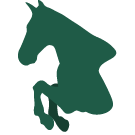Votre panier est actuellement vide !
Catégorie : Equestrian
Anything to do with equine life, horses, riding, tips and tricks, as well as other aspects the horses spill into.
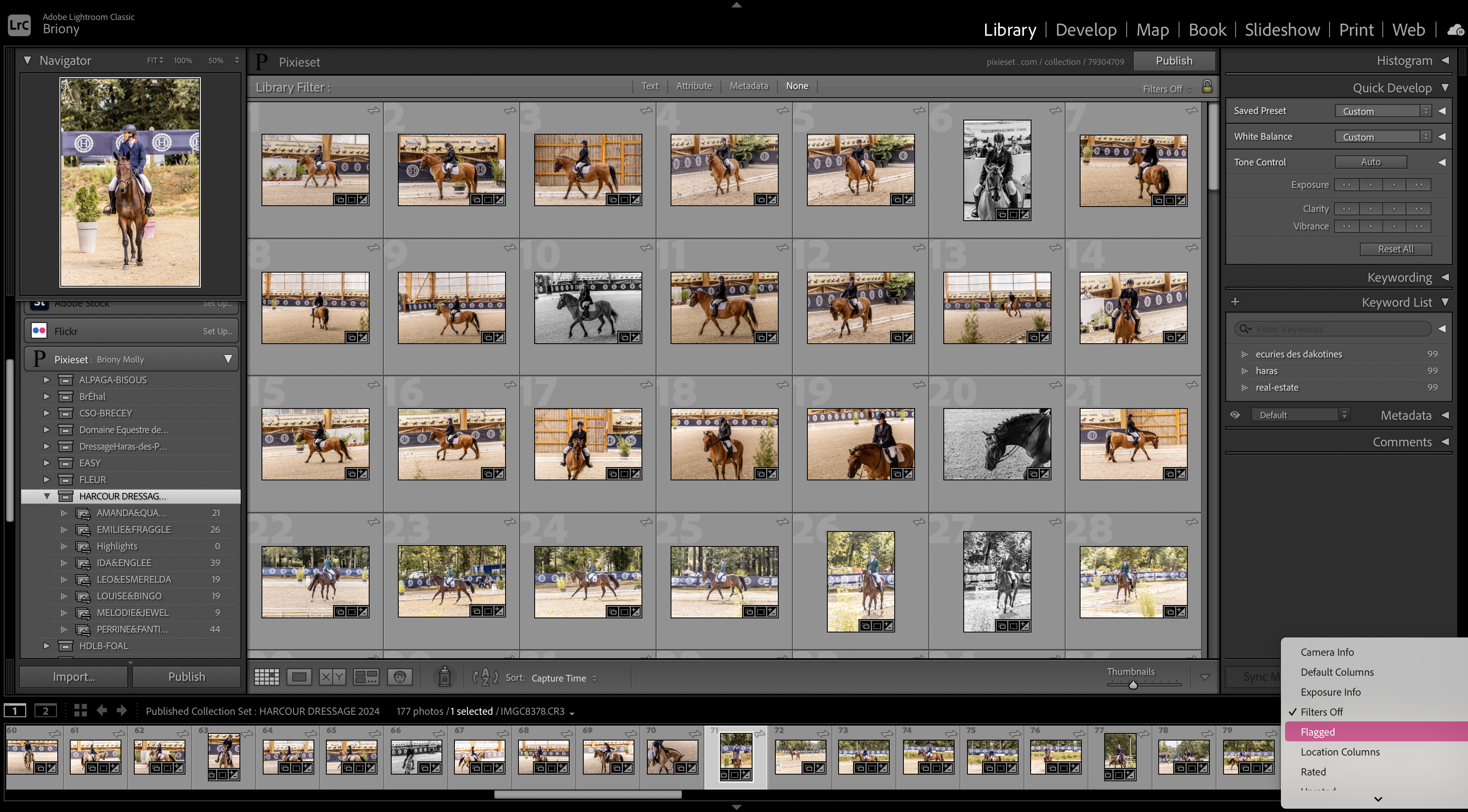
How to Edit Perfect Dressage Photos
Dressage is a sport all about perfection, fluidity, and being one with the horse. That leads to the question: How do I Edit Perfect Dressage Photos? That is where this nifty post comes in. To have a beautifully edited photo, you need to have a good base to start on. Within this post, you will learn about shapes to look for and the basic editing to make your equine photos professional.
What Makes a Good Dressage Photo?
The best photographs highlight how well a horse moves: how much lift it gets off the floor and how much it flexes its joints at various points in the stride. In lower-level competitions, do not expect the grand movements and gestures as seen by Dressage sensations Carl Hester or Lottie Fry. Instead, look for lines.
Take a look at the image below to understand what to look for:

If you know nothing about horse riding or are new to the sport, look for lines and symmetry. All other composition rules apply to sport too, but bear in mind these certain aspects:
Red – The legs are reaching, balance and show a wide range of motion. Having the legs straight is more visually appealing for a profile shot as it shows balance.
Yellow – The horse is balanced and holding itself in a frame. The horse is a rectangle and is not leaning on its front or back.
Green – The horse is near behind the vertical. You are ideally looking for a perpendicular line.
How to Edit Perfect Dressage Photos
Editing flow varies from person to person. Personally, I use Adobe Creative Cloud, most notably Lightroom Classic. When it comes to sports photography, I personally like to make my picks first and then edit. In lightroom, I use the colour label and flag features to make my first picks and the export picks.

Once I have made the picks I then like to think mainly about the following:
White Balance
Horse coat colour
BackgroundSetting the white balance first makes it easier to work with the image. You can do this with the auto, or by selecting a neutral colour with the picker tool. After this, make sure the lens corrections are on and off we go!
The Horse coat colour will be the main focus of editing. For a grey, it is easier to bring out the contrasts, the muscles and the details. A black horse or darker bay horse, it is more complicated to bring out details. For the darker horses, I like to use the shadow slider and brush tool to really bring out the details. As seen in the example below:

The background of an image is equally as important. Make sure there is nothing that takes away from the subject. If you can be aware of this while taking photos, even better. However, sometimes garish backgrounds can not be avoided. The easiest thing to do to help this is to create a de-sharpening mask. You can do this by using the “subject select” tool and then select invert. Use the texture, clarity, and sharpness sliders to create the desired effect.
Easy Dressage Lightroom Preset
You can try this yourself, or try out some premade presets to help you on mastering editing.
My last set of Equestrian presets are seeming to be super popular, so I have created a new pack full of different presets to enhance Dressage images. Presets are suitable for all Equine sports, but be aware they are specifically with the discipline of dressage in mind.
5.00€To add presets to your lightroom library, simply exact the zip folder and Import the presets via File>Import Develop Profiles and Presets…
For extracting the zip folder on an iPad, you will need to download an app for this capability or extract it on a computer to move back over to your tablet.
Et voila! You have your presets ready to go!
The presets are made with the different colour coats in mind, from greys, chestnuts, bays, blacks and more!
For examples of this preset see my latest Equestrian themed posts:
With this set of presets, I have included adjustments of exposure on each one making it even easier to edit your photos with Adobe Lightroom.
Please note that all the images are edited from canon raw files and exported to jpeg. Results for jpeg images may vary.

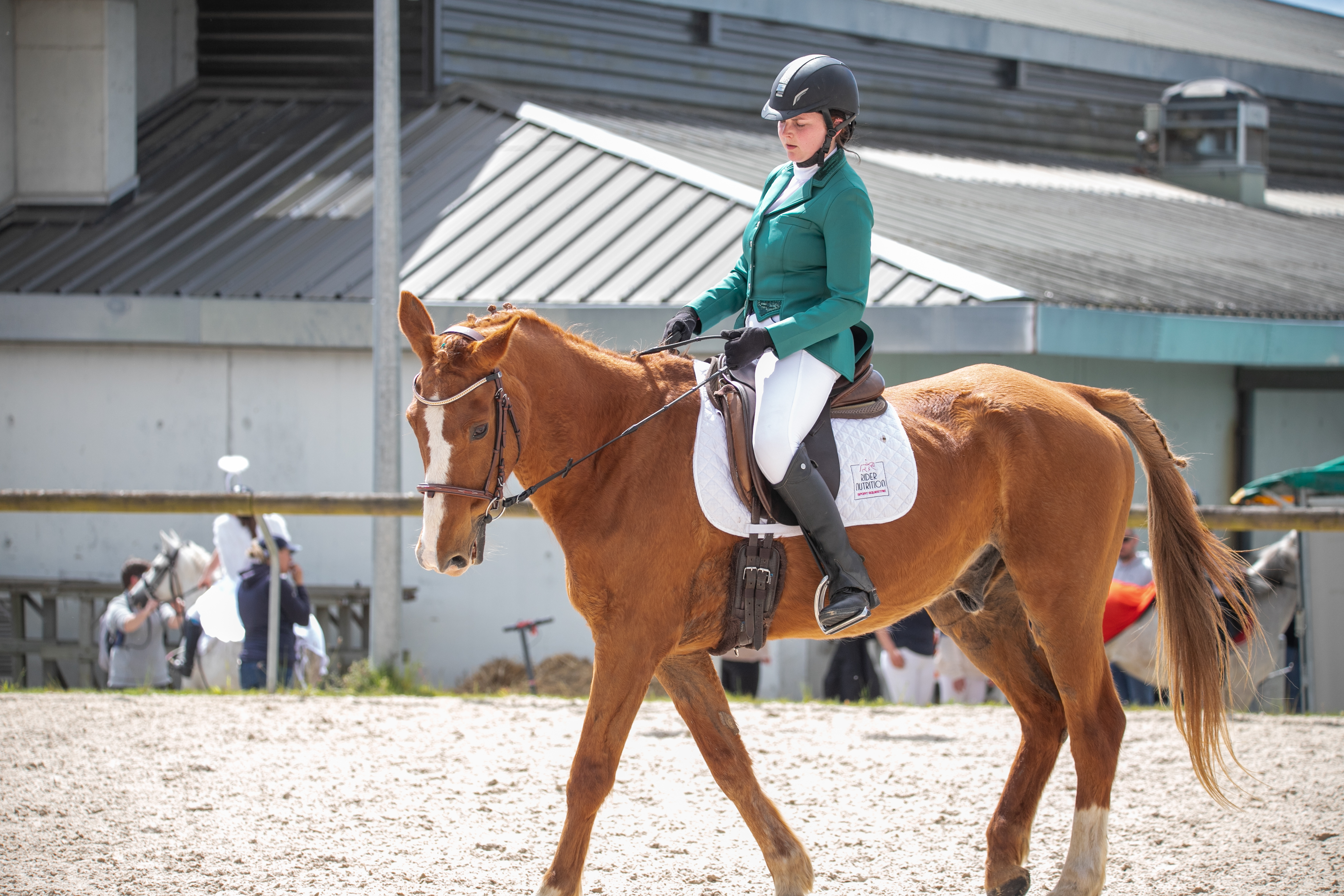
Keeping Horses in France: Competitions
You’ve made the move, registered the horses, and now want to join in the competitions. Welcome to the next installment in my series of Keeping Horses in France. If you haven’t been keeping up, check out my last post here: A guide to keeping horses in France.
This post mainly talks about Showjumping, Dressage, and Eventing, as they are the disciplines I am most familiar with in France.

License to Ride
To ride legally in France, you need to show that you are medically viable. This comes in the form of a license, it is the same for all physical activities and sports. The basic French Equestrian Federation (FFE) license for an adult costs 36€ per year and includes basic insurance for the rider. The license also enables you to have insurance if you are riding someone else’s horses.However, if you wish to compete you must pay an extra fee through your club, and upload a medical certificate via your FFE account.
If you are disabled and want to ride, you need to contact FFE directly to obtain the forms for para-riding. To be able to be recognised and/or take part in para-dressage events, you must apply for classification. For club level 3/2 events you can request simplified classification, for events from club 1 onwards you must request national classification.
Types of Competitions
France is fast growing to be a leader in the horse world when it comes to competition and development. See below the types of competitions below.

The Competition System
Club competitions are open to all riders with a valid competition license provided they have the required minimum number of galops.
Minimum number of gallops
Lower Levels: Club 4, Club 3: gallop 2
Club 2: gallop 3
Club 1: gallop 4
Elite Club: Gallop 6
CSO Obstacle height
Lower Level: Club 4 : 65 cm
Club 3 : 75 cm
Club 2 : 85 cm
Higher Level: Club 1 : 95 cm
Club Elite : 105 cm
Cross Obstacle height
Club 3: H: 60cm?W: 70cm River: 100cm Bank: 70cm + 1 combinaison
Club 2: H: 80cm W: 90cm River: 120cm + 2 combinaisons
Club 1: H: 90cm W: 100cm River: 150cm + 3 combinaisons
ClubElite: H: 90cm W:100cm River: 150cm + 3 combinaisonsCourse technicality
Lower Level: Club 3 and 4: only one combination per course, no river.
Club 2: one or two combinations per course, no river.
Higher Level: Club 1: two to three combinations per course as well as a barred river.
Elite club: two to three combinations per course as well as a river of 3 meters.Dressage tests
Find a comprehensive list of tests here.Purebred or Non-Purebred?
As?mentioned in part of the registration process, you will need to declare if your horse is purebred or not. This will impact what competitions you can enter.
For Purebred horses, or Plein Papier (PP) there is no limit to what you can enter.
Mixed horses, either partially or fully known as Origin constaté (OC), or Origin Non-Constaté (ONC), are limited to Club level competitions only
What to wear?
Dressage
In the regulations, you must wear a show jacket, and a white or light-colored shirt with a closed collar and cuffs. Jodphurs should be white or off-white, with boots. Chaps are allowed with ankle boots. Gloves are optional but recommended. For the Club division, the regulations mention free, correct, and appropriate riding attire under the responsibility of the participating club. A helmet is obligatory and must be approved according to the standards in force regardless of the division.
The stick of 1.20 m is allowed during warm-up but not during competition. Audio assistance during warm-up is allowed with only one earpiece.
CSO
In jumping you are required to wear a helmet that meets regulatory standards, Light-coloured jodhpurs (white), a shirt and white tie, or polo for men; a white round-neck shirt, or polo shirt for women, a dark competition jacket or the federal jacket, dark boots (or dark boots and chaps).
You have the right to wear: A back protector, Gloves, and Spurs (except in Pony A classes): 2 cm maximum in Pony classes, and 4 cm maximum in Club classes.
An unleaded whip (75 cm maximum).
You must wear your competition outfit during the course walk, additionally, both in the paddock, on the course, and also during the prize-giving ceremony.French Competition Language
List of Competition Vocab:
Competition – Concours
Course – Parcours
Show Jumping – Course Saut obstacle (CSO) / Jumping
Cross Country – Cross / une épreuve du concours complet
Dressage – Dressage
Driving – Attelage
Hunter – Hunter
Jump – Obstacle
Line – ligne
Approach a fence – Abord de l’obstacle
Refusal – Faire un refus
Clear round – sans-faute
Dressage Test – Reprise de Dressage
Eventing – Concours Complet (CCE) / Complet
Stride – Foulée
Jump off – Barrage
Arena – Carrière
Fall – chute
Ranked – Classé
More Horse Info
Be sure to check out my other posts relating to keeping horses in France.
Also, any questions, comments, or concerns, feel free to comment below or send me a message!
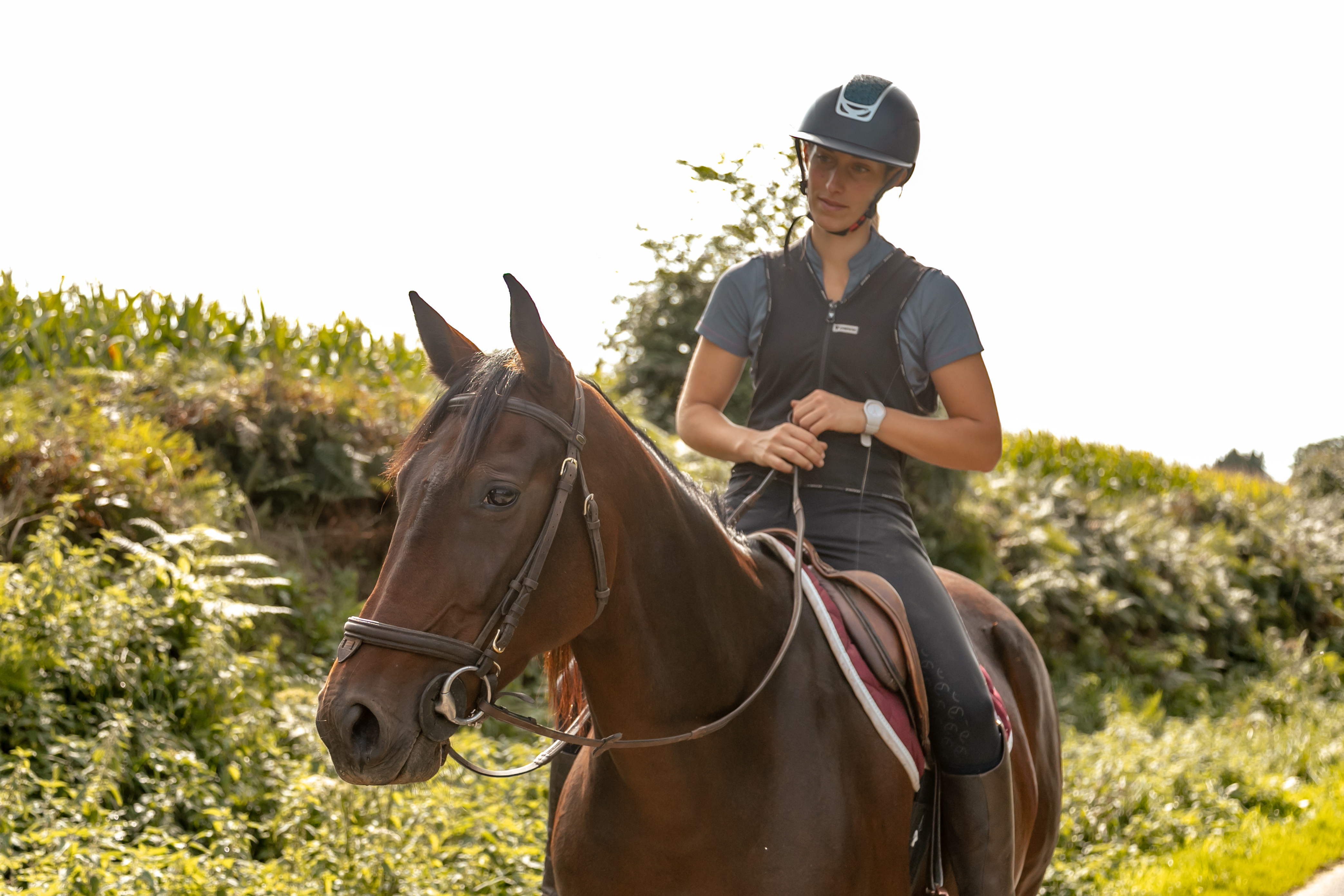
Keeping Horses in France: Registering Your Horse
As in my previous post A guide to keeping horses in France, I briefly mention the governing body Institut Français du Cheval et de l’équitation (IFCE). This is the authority for everything legal horse-wise. Their website also contains all the information needed to register your horse, however, it is tough to navigate. This post should help you with how to register your equine in France.

Registering Your Horse
On arrival in France, you have 90 days to register your horses here. This is compulsory for any equine, retired, youngster, competition horse, or happy hacker. If you’ve been here a bit longer, don’t worry as you can still get the registration done.
All horse registrations are done through the IFCE website, either online or by a printable form. You will also need to declare your horses if you are importing more than 3 equines. This is done via your DDPP. Each Department has a branch and you can find them on Google.
Purebred or Non-Purebred?
As part of the registration process, you will need to declare if your horse is purebred or not.
For Purebred horses, you will need to re-register it here as Plein Papier (PP).
If they are not full-bred but have a bloodline (parentage listed on their papers) then you can register it as Origin constaté (OC).
If your horse is a complete mix, with no known parentage then it will be registered here as Origin Non-Constaté (ONC).
You may not think it matters too much, but here in France, only PP and OC can compete at the higher levels of the sport, outside that of “club” level.
It costs more to register a horse PP than ONC. In 2023 the price for registering a PP or OC is €110, and an ONC €80. (prices correct 2023)What’s Needed to Register
To register a full-bred horse (PP), Pony or OC :You will need to send to the SIRE:
- The original of the EU standard passport
- A declaration of honour stating the ownership of the horse
- A French cheque for 110 € payable to the IFCE corresponding to the registration and printing costs of the registration card.
- For a return by tracked mail, provide a specific “suivi” envelope
To register an ONC :
If your horse is not a recognised breed, you will need to send to the SIRE:
- The original passport of the equine.
- A letter stating you are the sole owner of the horse. This needs to include, your full name, DOB, address as well as the details of your horse.
- A French cheque for 80€ payable to the IFCE corresponding to the registration and printing costs of the registration card.
No matter which category your horse falls into, you will need to send them the correct documents to the address below:
Institut français du cheval et de l’équitation
SIRE – Service des chevaux importés
BP 3 – 19231 ARNAC POMPADOUR cedex
Other Important Registrations
Stables
You must declare where your horse is kept to SIRE. This measure aims to identify all places likely to accommodate equines, temporarily or permanently, in order to put in place the necessary health actions.
In the event of an epidemic, such as the EHV-1 in 2021, the health services will be able to act with each horse owner as soon as possible. Any new horse owner must register where their horse(s) will be kept. Following registration, they will receive an acknowledgment of receipt, which will serve as proof in the event of an inspection. This acknowledgment of receipt includes the holder number assigned by the SIRE.
License to Ride
To ride legally in France, you need to show that you are medically viable to. This comes in a form of a license, it is the same for all physical activities and sports. The basic French Equestrian Federation (FFE) license for an adult costs 36€ per year and includes basic insurance for the rider. The license also enables you to have insurance if you are riding someone else’s horses.You can get an FFE license from your local riding school, some will expect you to pay to be a member of their club. Or if you keep your horses at home, you can apply for an FFE affiliation license.
Insurance
Make sure that you check with your house insurer that your horses are on the policy. This covers you should they escape from the field and cause damage to crops etc., or cause an accident on the road. This insurance does not cover you when you are riding them. This is the same for any large dog breeds.
There is basic 3rd party insurance included on your FFE licence and you can add to it for around 30€ per year to up the cover. The insurance covers you when riding or handling horses. The FFE licence covers you for all riding activities including all 27 FFE disciplines, hacking, organised rides (randonnées) etc. It does not cover you for racing or hunting.More Horse Info
Be sure to check out my other posts relating to keeping horses in France.
Of course any questions, comments, or concerns, feel free to comment below or send me a message!
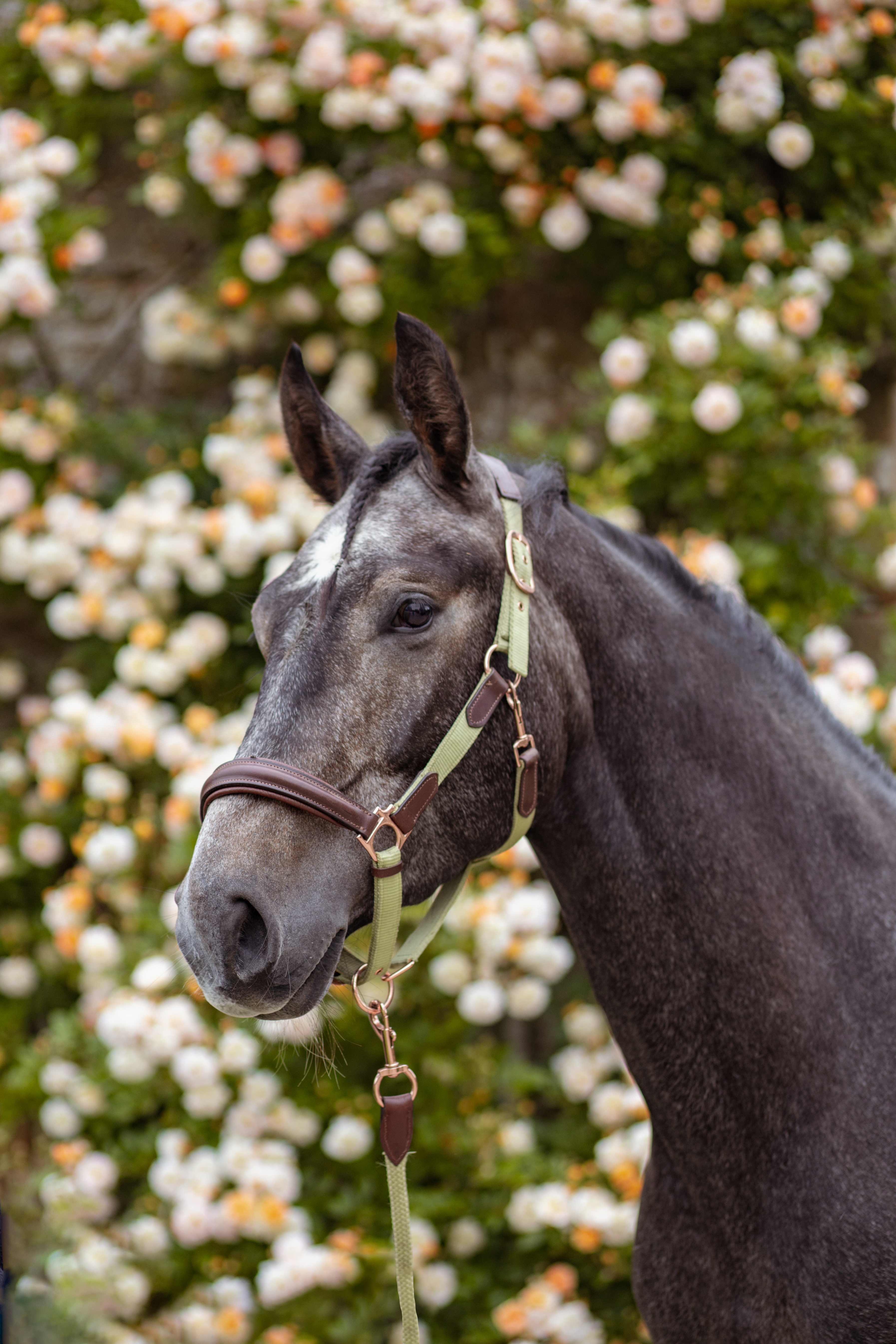
Equine Photography: Why Colour Matters
In Equine Photography, Colour Matters. In photography we are guided by the three C’s; Contrast, Composition, and colour. For portrait photographers, balancing colour to compliment skin tones is one of the main aspects, so why should equine image editing be any different?
In my last post, we cover a whole range of topics to get the basic ideas of photography. In this post, we delve a little deeper into the specifics. To truly be a master of your niche, you need to have the knowledge, as well as the experience. As a human, I am always learning. As a photographer, I am always developing style and experimenting. All artists need to branch out in order to stay inspired!
In this post:

Image of Cardhu, a bay horse. On the Left we see the original balanced photo taken on a fullframe digital camera. On the Right is the edited image focusing on the golden and red colours of the horse’s coat. Horse Colour Theory
Horse colour genetics are fascinating. We still don’t know everything to do with colour genealogy, but what we do know is already incredible. Let’s go over the basics as that’s all that we really need when it comes to Equine photography.
There are three basic coat colours. Black, Bay and Red (Chestnut). All other coat colours are from dilution genes and pattern genes, which show up in conjunction with the three basic colours. Grey horses hold a dominant trait, meaning that their colour will show through bay or red coats with one dominant gene. Whereas Red, chestnut horses are recessive meaning you need two genes to show this coat colour.
With the basic coat colours, you can get a mix of a horse appearing black with red genes, meaning in summer the horse’s mane and coat will lighten to a russet brown. A chestnut may have a slight black dilution to give them a coffee chestnut or liver chestnut coat colour.
A common dilution gene is the cream gene. The cream dilution in conjunction with the red coat leads to golden colours such as Palomino. Cream and bay create the darker buckskin with blackened points and a dark mane and tail.
Knowing about the basic coat colours and how the dilution genes work can really aid your photo editing and how to make coat colours shine in the most natural way possible.
Find out a more in-depth explanation here!

Red undertones in chestnut horses make editing a breeze. Equine Photography Colour Matters
Understanding the genetic makeup of horse coat colours can really boost your editing skills. Knowing what undertones the coats carry helps enhance the colours. Coincidently, you can flatten the colours too using traditional colour theory with complimentary colours.
Black horses can appear to be dark brown, and for owners that is a problem as they know their horse is not a bay! In removing the red tones, you can make sure your portrait shoot of a black horse stays black.


The same principle works for adding a slight tint to the subject. For Palomino coats, the genetic makeup requires a chestnut, or red base, so adding a slight red hue to the horse brings the colour out stronger. Of course, it is only a slight addition of colour. For the image below I added a 8% red overlay on the pony to deepen the palomino colour.


The same principle can be applied to grey horses too. Young grey horses are often chestnut or black in appearance or lose their colour in dapples. For black bases, a cooler tint on the coat can enhance the grey and white colour, whereas a warmer tint works well on warmer roan colouring.

Easy Editing
If you are interested in this concept but have no idea where to even start in Lightroom, I have created some coat-specific bundles, exactly for this in my store.
The store is always updating so keep an eye out for more coat specific bundles!
